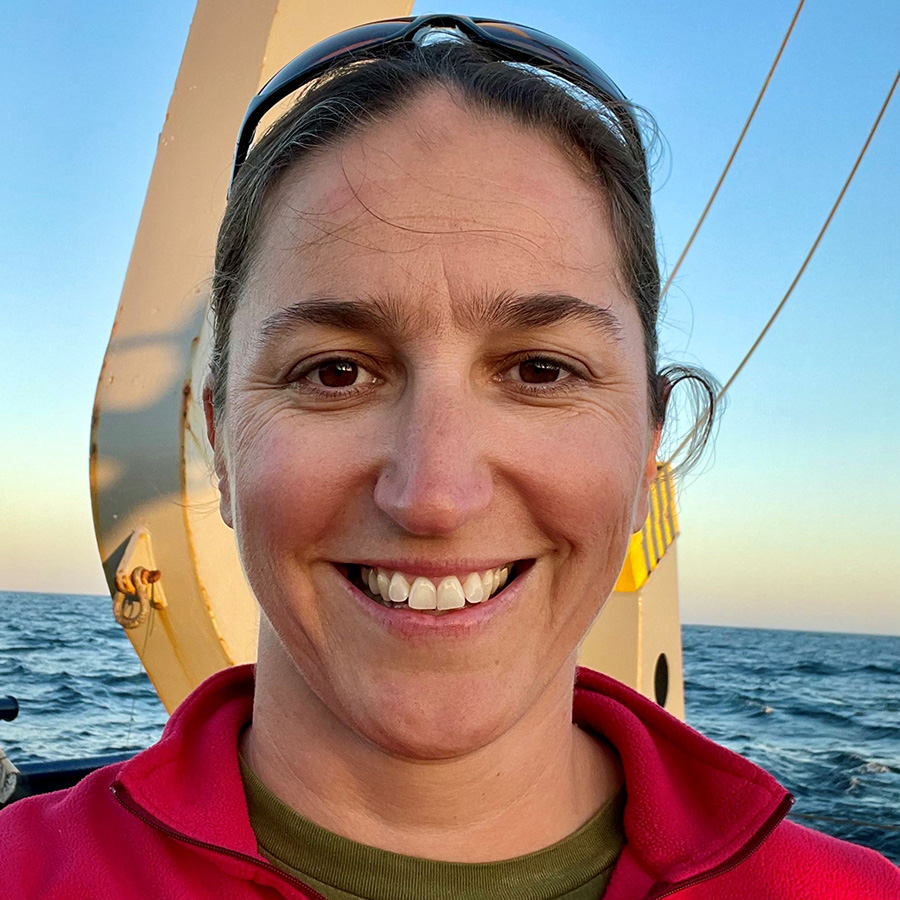Cetaceans in the Adriatic – what can acoustics and machine learning teach us?
The presence of bottlenose, striped, and Risso’s dolphins, as well as Cuvier’s beaked whales and sperm whales are well documented in the Adriatic Sea. The area is also known to be occasionally visited by fin whales and common dolphins. This knowledge is based on data collected from visual sightings or strandings. This type of data, however, has poor temporal coverage. By deploying passive acoustic recorders, to listen to underwater sounds across the region, we can gain a better insight into the temporal and, to some degree, spatial extent, of their occurrence. First long-term passive acoustic recorder was deployed in October 2018 in the South Adriatic Pit. Since then, additional recorders have been deployed in the central and northern Adriatic. With over 6-instrument years of acoustic data, manual analysis for the presence of cetacean calls is not feasible. Therefore, we have been implementing machine learning approaches to extract information about the occurrence of cetacean species in these waters. For classification of echolocation clicks, we use a click detector followed by an unsupervised clustering approach and validation with an annotated dataset. This approach has showed there is continuous presence of Cuvier’s beaked whales in the South Adriatic Pit, indicating they are residents in the area, making the region an important habitat for the species. Our analyses have also revealed that fin whales have visited the Adriatic Sea every year since 2018, seemingly making them regular rather than occasional visitors. The next step will include the development of a contour extraction process to enable automated classification of delphinid whistles. When completed, we will have the first fine-scale temporal picture of cetacean occurrence along the eastern Adriatic Sea.
